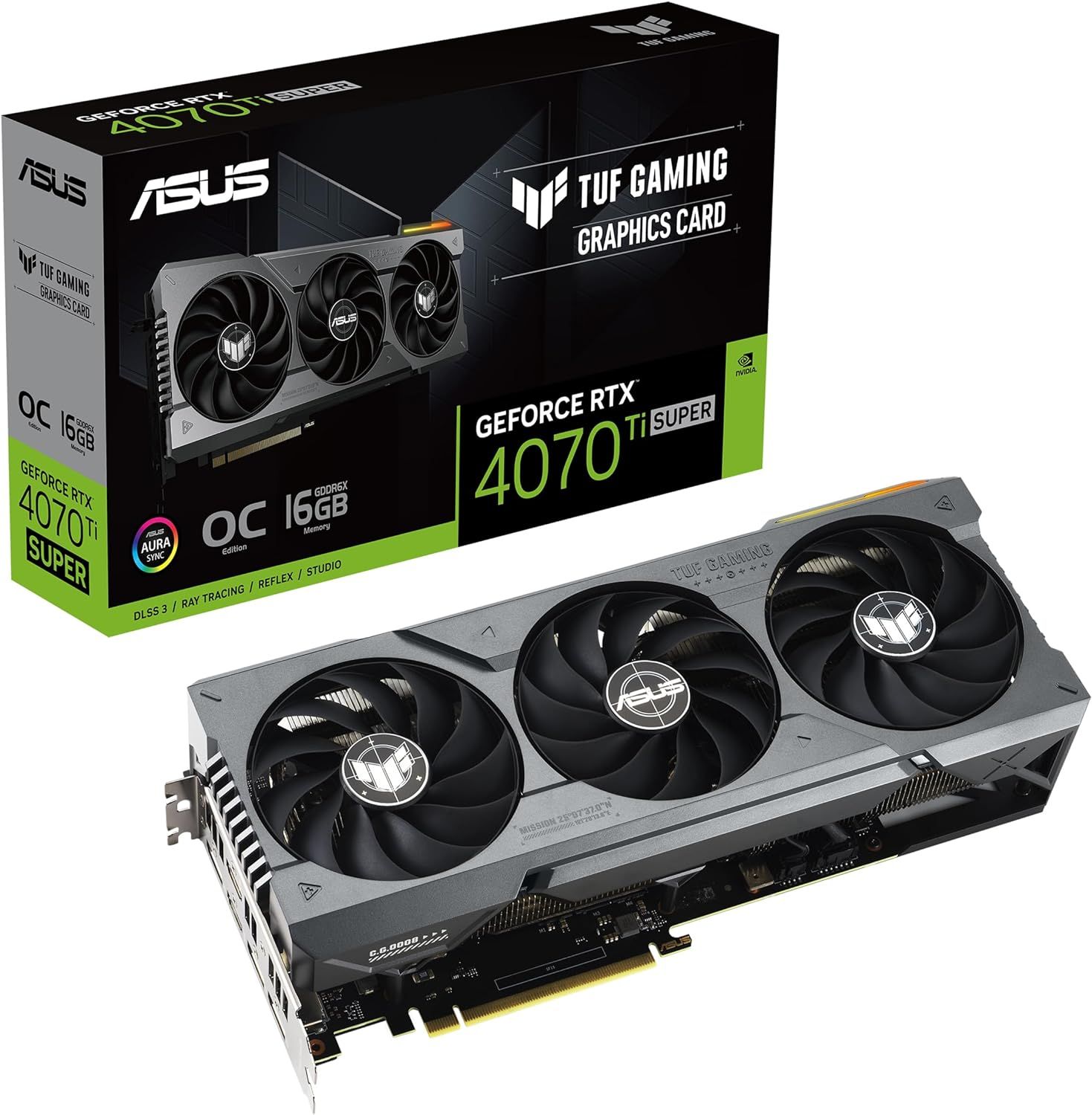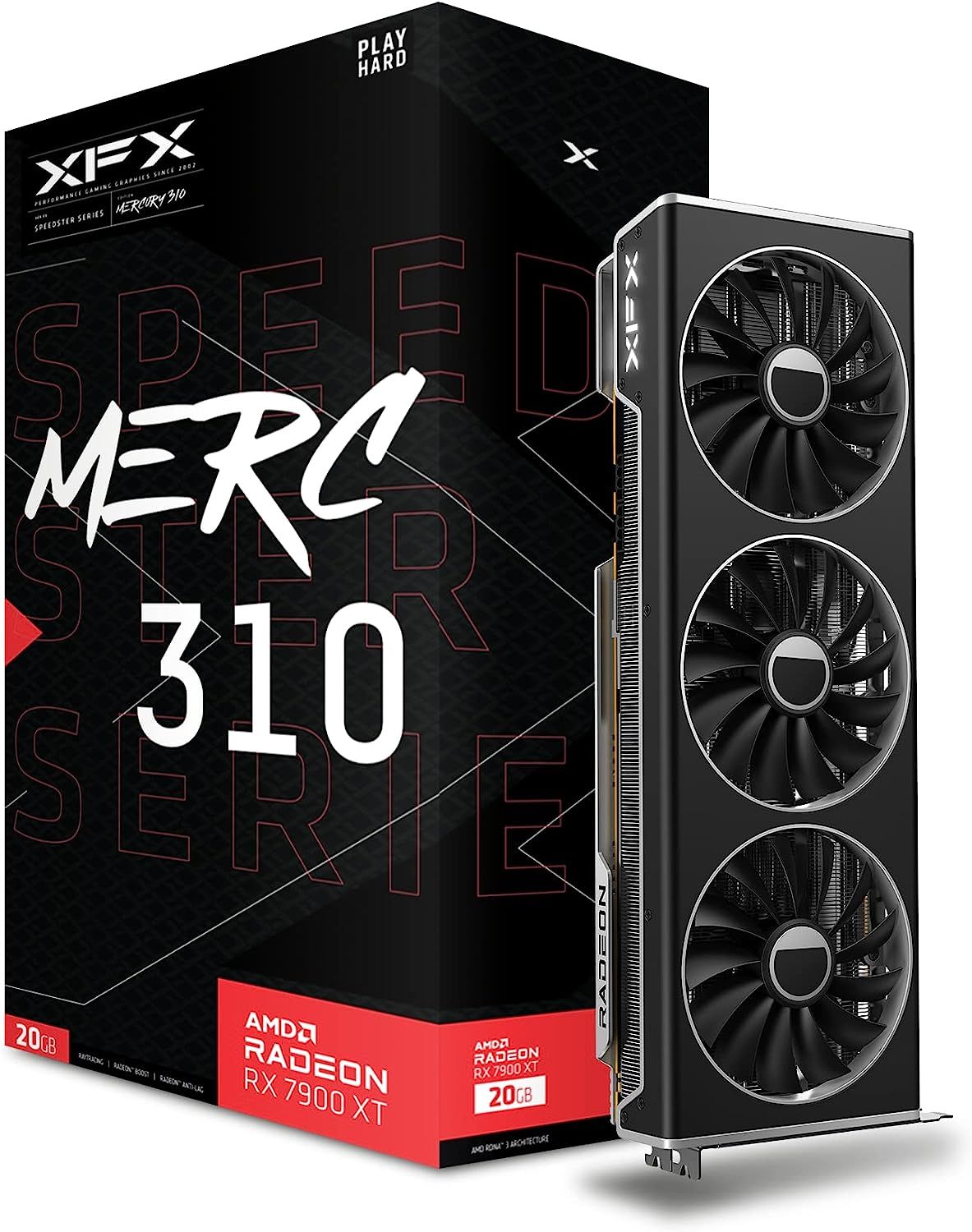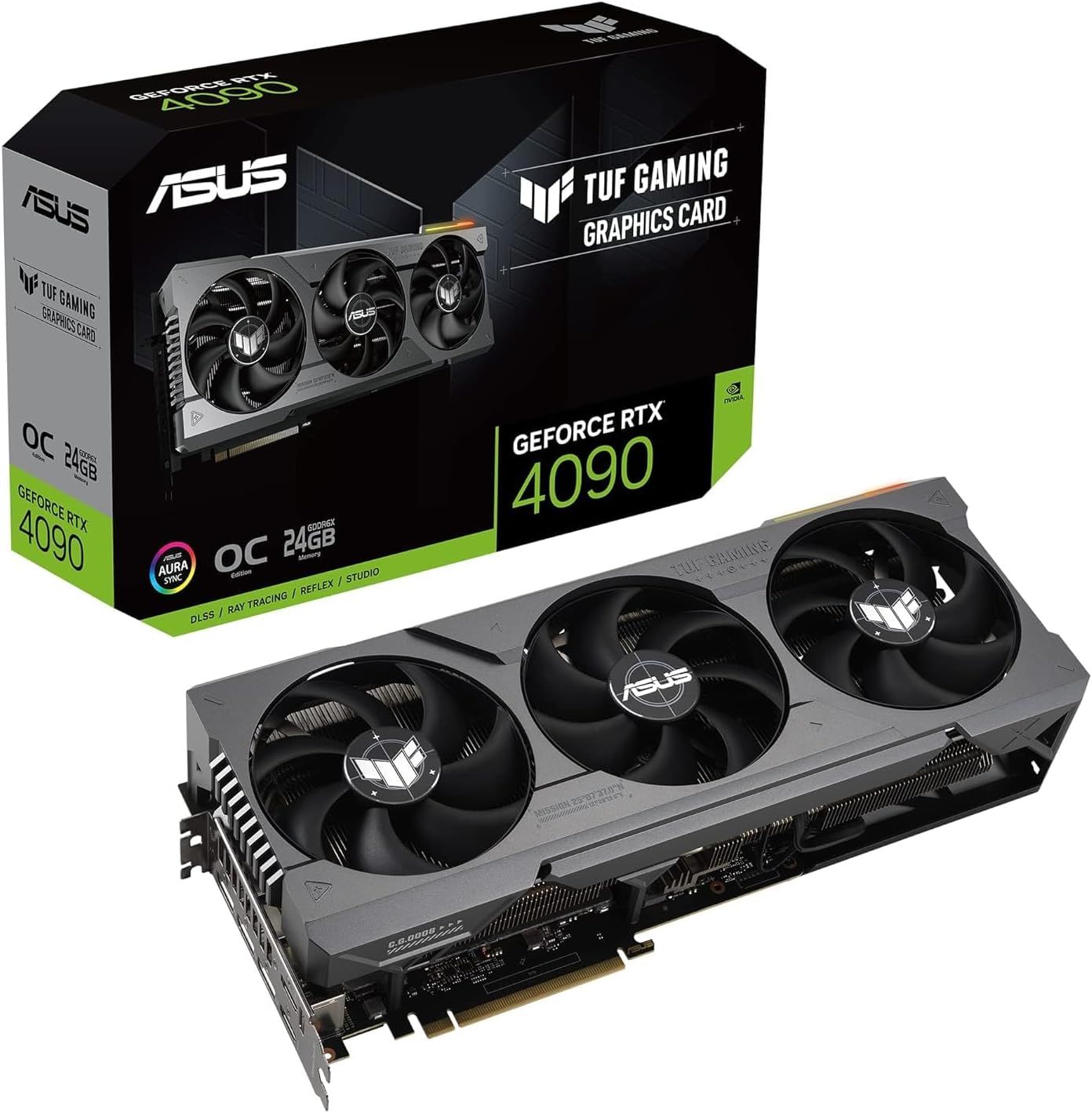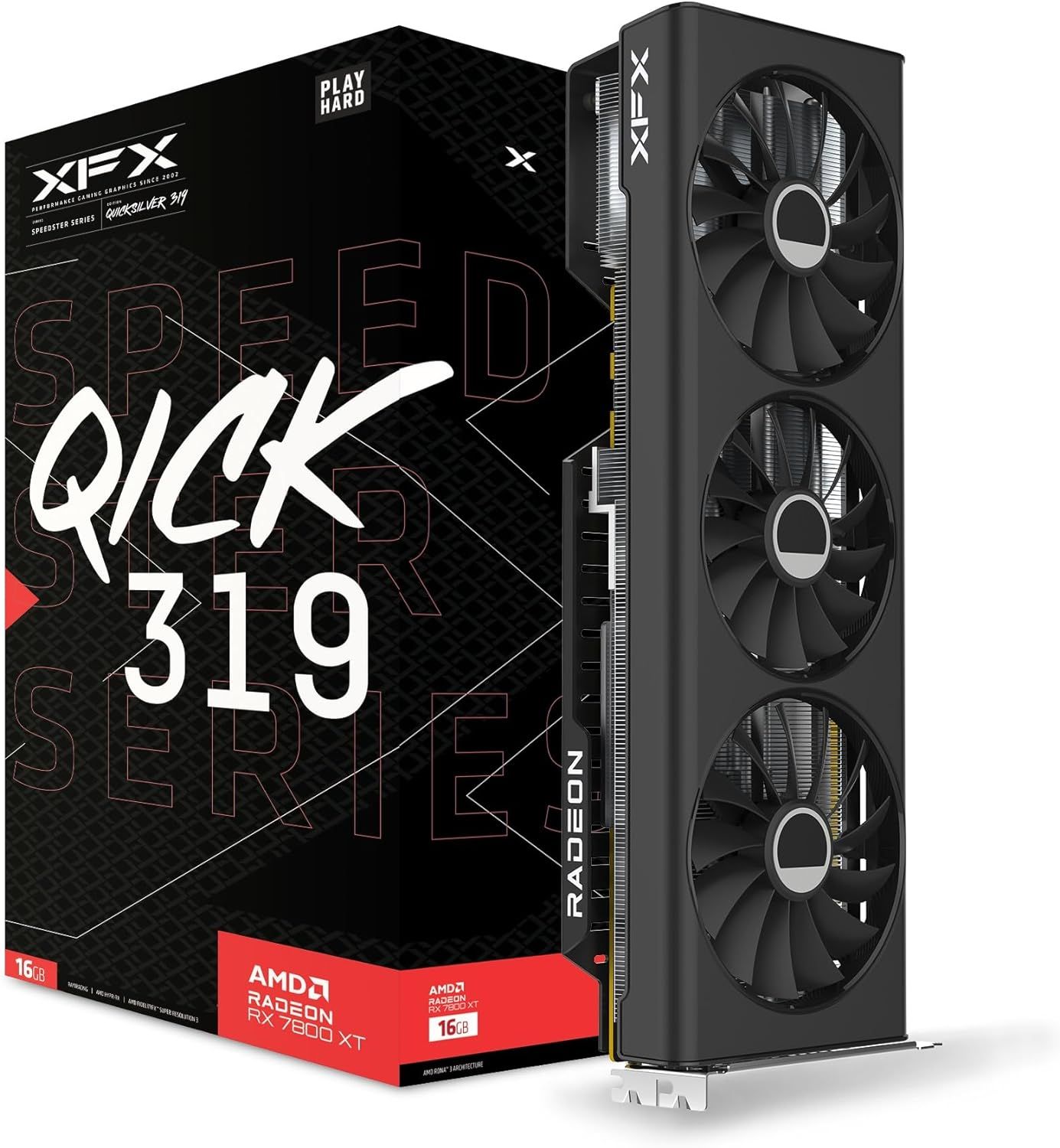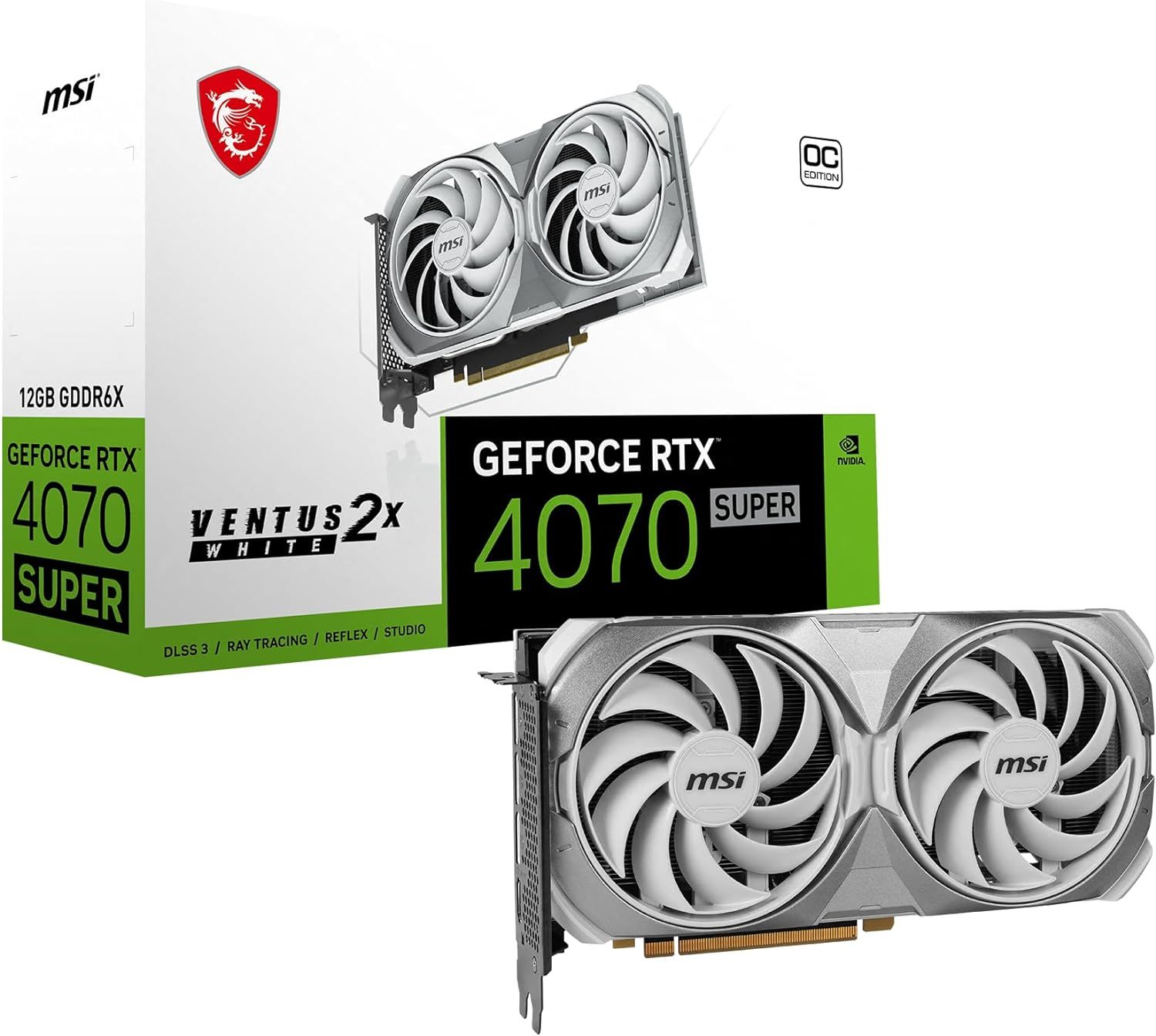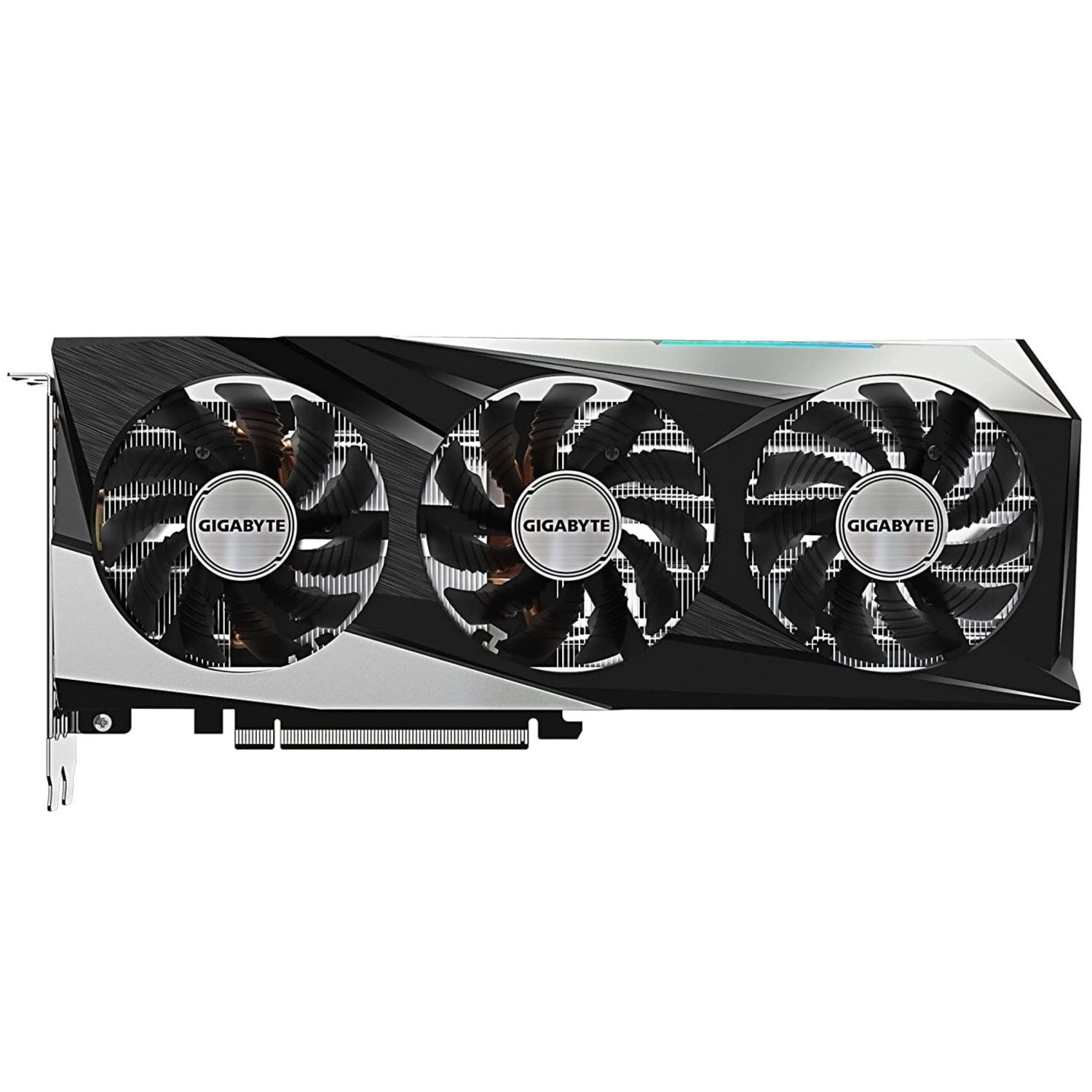With the advent of the RTX 4000 series that shook up the entire GPU market and the subsequent RX 7000 series launch by AMD, we live in exciting times for new graphics cards. It is difficult to navigate a market where last-generation graphics cards are abundant even as they trade at a large discount, while newer GPUs vie for a greater balance between power and price to compete in an increasingly price-sensitive PC market.
With both AMD and Nvidia showing their hands when it comes to GPUs as early as 2022, the market has seen subsequent launches, price adjustments, and more recently, Nvidia's RTX 4000 SUPER lineup that yet again reset the playing field, all of which make for a significantly changed horizon in 2024. As users wait for a potential new GPU family launch from AMD and Nvidia, some AIBs offer discounts over MSRP for certain GPUs even as PC game bundles get increasingly more affordable for bargain hunters in recent weeks.
Updated on May 25, 2024 by Rahim Amir: The guide below has been updated with all new GPU options available in 2024 including Nvidia's RTX 4000 series and accounts for price changes up to May/June 2024.
The team at Game ZXC has, as a result, built up a list of the best graphics cards money can buy in 2024 with a focus on performance, value for money, and future-proofing alike below:
Game ZXC's Picks for the Best Graphics Cards in 2024
For users wanting a powerful, capable GPU for gaming or productivity work while wanting to remain under $1000, the ASUS TUF Gaming GeForce RTX 4070 Ti Super OC is a notch above the competition. It offers a raised CUDA core count versus its predecessor in addition to bolstered VRAM that sees it able to handle current and future games at 4k much better than last-generation hardware.
ASUS's offering comes with a beefy cooler that integrates a powerful vapor chamber that allows it to run considerably more silently compared to the competition and allows it to boost considerably higher than most of its peers as a result. It offers a smidge of RGB lighting for users looking for a more aesthetic option than the Founder's Edition.
The ASUS TUF Gaming GeForce RTX 4070 Ti Super OC comes with a small $10 discount at certain retailers that brings its $50 premium over the stock unit even lower for users in the market for an RTX 4070 Ti SUPER. Given its excellent thermals, sustained boost clocks, and value proposition, ASUS's offering stands out as one of the superior options for a true next-generation graphics card upgrade in 2024.
AMD's RX 7000 series started slower than the competition thanks to a mix of factors ranging from it not having a GPU that took on the RTX 4090 for enthusiast customers to its relatively mixed ray tracing performance across the board. AMD has pushed ahead to recover lost ground since and a series of unofficial price cuts that are considerably more aggressive than the competition's reprice of the RTX 4080 SUPER see it offer better value in many price ranges.
One of the biggest beneficiaries of this is the AMD RX 7900XT which is now available at a sub-$ $700 price tag, within range of its 7900 GRE GPU, as it offers better performance and more VRAM for a relatively small premium in 2024. The XFX Speedster MERC310 AMD Radeon RX 7900XT Ultra builds on this advantage by pairing a more capable cooler, better boost clocks, and power delivery all of which make it a much more well-rounded option for gamers and creators alike in 2024.
While it still suffers from poorer ray tracing performance than the competition, AMD's inroads with FSR3 and its excellent rasterization performance allow it to pull considerably ahead of the competition in many areas as the RX 7900XT finally makes sense as a GPU that sits between the competing RTX 4070 SUPER and the RTX 4070 Ti SUPER while offering value to users that pick AMD this generation.
For users wanting one of the fastest possible solutions for gaming or productivity, the ASUS TUF GeForce RTX 4090 OC Edition delivers on all counts. It does so by marrying what is one of the best coolers in the business to Nvidia's fastest Ada Lovelace-based consider-grade GPU, the RTX 4090.
Its vapor chamber-based cooler allows it to push well past the boost clocks advertised in most cases as it goes toe to toe with much more premium offerings from other vendors, as well as ASUS's own RTX 4090 Strix OC. The RTX 4090 comes with some of the fastest VRAM available to end users with a massive 24GB of capacity allowing gamers to push boundaries in 4k (even as 8k currently remains a pipe dream in terms of playability for most games) and productivity-centric users to get much better performance in a variety of tasks.
For what it offers, the ASUS TUF GeForce RTX 4090 OC Edition comes with a considerable degree of heft as part of the package. This makes it a relatively difficult-to-place GPU in most, if not all SFF builds, many of which have cases that do not or chose not to account for a GPU that pushes to nearly 4 full slots thanks to its beefy cooling.
For users looking for an excellent sub-$500 GPU that has plenty of VRAM on offer for higher resolution gaming/rendering needs in a no-nonsense design, the XFX Speedster QICK319 RX 7800 XT CORE seems to be tailor-made to that specification. It is one of the only current-gen GPUs that can be found with 16GB of fast GDDR6 VRAM at a sub-$500 price tag even as it holds its own against the competition when it comes to raw compute power.
XFX's design offers a well-designed and functional cooler that is a significant upgrade over the stock unit's offering, even as it offers no RGB lighting that some of its peers do. If users want an excellent, well-priced GPU for their gaming/productivity needs, the XFX Speedster QICK319 RX 7800 XT CORE seems to be an excellent GPU to go. This is even as it offers middling ray tracing performance, which is a common theme for AMD's RX 7000 series versus Nvidia's RTX 4000 series which is at least a generation ahead in this department.
For users looking for a compact, but capable GPU, the MSI GeForce RTX 4070 SUPER Ventus 2X White 12G OC checks all the boxes even as it trades below MSRP when one accounts for current coupon discounts at multiple retailers. It offers a decent boost clock OC out of the box, superior build quality, and a form factor that allows it to fit in most modern cases, including SFF PCs without any issues.
A nice touch from MSI is that it comes bundled with a white 12VHPWR connector that most users opting for a white PC build will appreciate. The Ventus 2X does, however, run slightly warmer than competing SKUs, something that does directly affect its potential boost clocks and slightly tempers performance versus better-cooled (and potentially larger) models.
Gamers and productivity users looking for a current-generation GPU under $300 might find that the RX 7600 is one of the best in the business. The Gigabyte Radeon RX 7600 Gaming OC simply happens to be a better SKU than most of its peers. Gigabyte throws in a full tri-fan air cooler and a decent overclock that it can sustain versus its counterparts including the stock unit from AMD.
Gigabyte's offering delivers significantly better build quality than most of its peers even as it holds firm to the $260 MSRP that most RX 7600 units go for, making it a relative no-brainer. This makes it a cheaper proposition than the RTX 4060 from Nvidia which the 7600 competes against in most games. While it does have lower ray tracing performance, it does, by and large, hold its own more expensive option from Team Green.
This makes it an excellent entry-level pick for gamers looking for a new GPU under $300 in 2024 even as AMD's FSR3 offerings continue to improve its value proposition.
How To: Picking The Best Graphics Cards For Gaming And Productivity
There are several things that buyers should consider when looking for a graphics card. Consider these factors before making a purchase:
- Performance: Raw performance or rasterization is a central part of any GPU's value-addition and what sets it apart from considerably weaker Integrated Graphics (iGPU) options. While newer AI sharpening techniques, such as FSR and DLSS, do skirt around this significantly thanks to powerful software solutions, a large segment of what a GPU is capable of is determined by the raw processing power it offers under the hood, especially when it comes to older, less-optimized titles.
- Software Support: Drivers and software support are what make the world go round for GPUs. This can be specific to proprietary AI sharpening tech, specific game optimizations, and software such as Nvidia's Hairworks, all of which contribute to a better experience for gamers and professionals alike. This also means that newer entrants to the market, like Intel, have their work cut out for them when it comes to catching up with decades of experience from their competition, which translates to poorer performance in older titles.
- Value: With modern GPU prices pushing well into the sub-$1k region for the mid to high-end tier, finding value is a task with moving goalposts this generation. Finding the right value-for-money purchase is a hard task, but it's one that can be achieved simply by finding the perfect price-to-performance ratio while meeting certain performance targets.
- Memory/VRAM: Modern games, benchmarks, and simulations require copious amounts of VRAM. While modern operating systems do offer solutions, they are significantly slower than onboard VRAM for GPUs. Users need to find an adequate solution for their target resolution and fidelity requirements. The higher they move on either scale, the higher the recommended requirements in terms of VRAM speeds and capacity, making this an important metric to track to avoid significant performance impediments.

The Best GPUs for Intel Core i9 14900K
Intel's fastest CPU comes with a pretty limited integrated GPU. Here are some of the best discrete GPUs you can get instead.
FAQ
Q: What GPU is best for ray-tracing?
All Nvidia RTX series cards generally outperform their AMD counterparts for ray-tracing. If there is a comparable RTX card, it generally will deliver more favorable performance out of the box.
Q: Should buyers wait to get a new GPU in 2023?
The computer hardware landscape is ever-changing. However, the uptrend in prices has been visible since the last generation as GPUs move to higher price points. Part of this is due to more expensive silicon, more elaborate cooling, and higher profit margins for the chipmakers. That does mean that prices might not necessarily drop significantly throughout 2023, despite higher initial prices for most GPUs.



